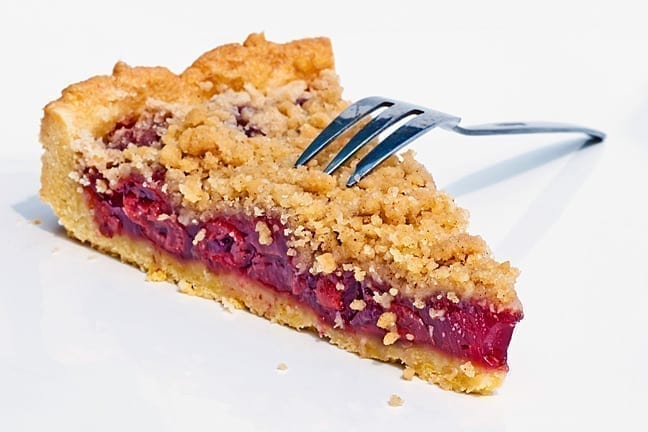When we say saturated fats, you may think red meats like a juicy steak or dairy products like ice cream (with a dollop of whipped cream!). It’s true, foods from animals have “bad” fats, but there are some sources you may overlook. Even plants can age our bodies, with trans fats to boot! Get the skinny on these sneaky fats, which can up your heart disease risk if you overload.TROPICAL OILSCoconut oil: One tablespoon has 11.8 grams of saturated fat – 86 percent saturated fats.
- Where you find it: Baked goods like cake, pie, macaroons.
- The scoop: Some nutritionists point out that the medium chain fatty acids in forms of coconut oil, like virgin coconut oil, are likely to be converted to energy instead of stored as fat. However, “partially hydrogenated coconut oil” has trans fats, which are artificially created and why the term “fat” gets a bad reputation. The double carbon bonding messes with your metabolism and, in excess, trans fats increase the hardening of arteries. It’s worth checking which kind of coconut oil you’re getting!
Palm kernel oil: One tablespoon has 11.2 grams of saturated fat – 81 percent saturated fats.
- Where you find it: Some chocolates, margarines and fried foods.
- The scoop: May be partially hydrogenated (aka, trans fats).
Palm fruit oil: One tablespoon has 6.7 grams of saturated fat – 49 percent saturated fats.
- Where you find it: Some peanut butters, pastries and fried foods.
- The scoop: As far as tropical oils go, this is a “healthier,” trans-fat free alternative. Still saturated fats make it easier for cholesterol levels to rise in the blood.
Olive oil has only 2 grams of saturated fat (only 9 percent of the fats). It can be used in the place of the other oils when you’re cooking.Technically saturated fats aren’t “bad” if you’re able to control the amount. One rule of thumb? Have no more than 4 grams per hour. In excess, it can raise cholesterol levels in your blood.THE DEAL WITH DAIRYReal milk and cheese are loaded with saturated fats, but that doesn’t mean you have to cut dairy out of your diet (if you’re not lactose intolerant!). With low-fat or non-fat versions of yogurt and milk, you can get away with “low-fat”—the fat is simply skimmed off the top and not replaced with artificial or overly sugary additives.MORE: Are Low-Fat Foods Making You Fat? A cup of regular yogurt has 5 grams of saturated fat, so that just exceeds the recommended limit for an hour. Trying a low-fat version will cut this in half. If you opt for plain, you won’t get artificial sweeteners or added sugar. Feel free to add a cup of berries or other fresh fruit to give it a little somethin’.Why not go for the full-fledged dairy? A small ice cream at ice-cream-chain-not-to-be-named is 20 grams of saturated fat, nearly five times your hourly rate.MORE: Your Guide to Sweeteners CUT THE MEAT?
Sat Fat Test, At a Glance
The more solid your “liquid” food (dressings, sauces) becomes at room temperature, the more saturated fat it has! If the juices from your steak run off and harden on your plate, chances are it’s not a lean cut.
If you eat red meat, opt for “grass-fed” beef, which has multiple benefits. Aside from being lower in saturated fat, grass-fed cattle are more likely to live on local ranches in a more natural habitat.Lean cuts have 4.5 grams of saturated fat (or less). For context, ten ounces of a rib eye or New York strip steak have three times the saturated fat of lean cuts. Burgers reach about 20 grams of saturated fat.Poultry like chicken and turkey is usually a safer bet, so long as you’re not eating the skin. A chicken leg with skin triples the saturated fat content of skinless chicken breast to about 15 grams.It’s easier for vegetarians to make smarter choices about saturated fats. Tempeh, tofu and other protein sources are generally OK on sat fats. Note: that doesn’t mean you’re healthier-than-thou of you get your tofu deep fried or butter-soaked!QUIZ: What’s Your Eating Personality?




































